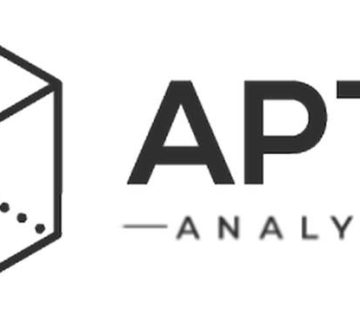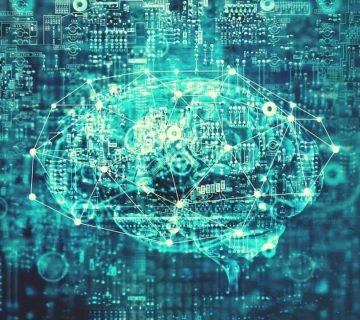Bitcoin has undergone numerous ups and downs in its relatively short history, but only a few have been proclaimed as a full-on bull market. The latest one was back in late 2021 when the cryptocurrency skyrocketed to its ATH of $69,000.
What followed was a massive price decline that resulted in BTC dumping all the way down below $20,000 amid multiple collapses in the industry, as well as galloping global inflation and war in Europe.
As bitcoin has recovered a lot of ground since its sub-$16,000 endeavor, the community frequently speculates whether a new bull market has already started or is it right around the corner. In this topic, we will explore what the AI chatbot ChatGPT thinks about it.
Adoption
Although ChatGPT has had a few things wrong about BTC, such as its all-time high price, the chatbot provided some interesting findings on what could propel the next bull market. First and foremost, it highlighted global adoption, which comes in two parts – market and institutional – and we have combined them into one.
As far as market adoption goes, ChatGPT believes the cryptocurrency’s price will resume its upwards trajectory once more businesses start accepting it as a payment method. This will help “create positive sentiment and drive demand.”
“Factors such as the integration of Bitcoin payment options by major companies or the launch of regulated Bitcoin investment vehicles can contribute to a bull market.”
Institutional adoption could also help push BTC’s price up. Recall that numerous firms, such as MicroStrategy, MassMutual, Tesla, BlackRock, and others, either purchased portions of the asset or engaged with it in a different way during the last bull market. A repeat of this scenario could start another bull run.
Technological Developments
The AI chatbot also brought up certain tech developments that could be among the reasons behind another run-up. For instance, the Bitcoin network start seeing enhanced adoption and engagement after the Tarpoot upgrade, which allowed for the creation of NFTs on top of it.
Go to Source to See Full Article
Author: Jordan Lyanchev




